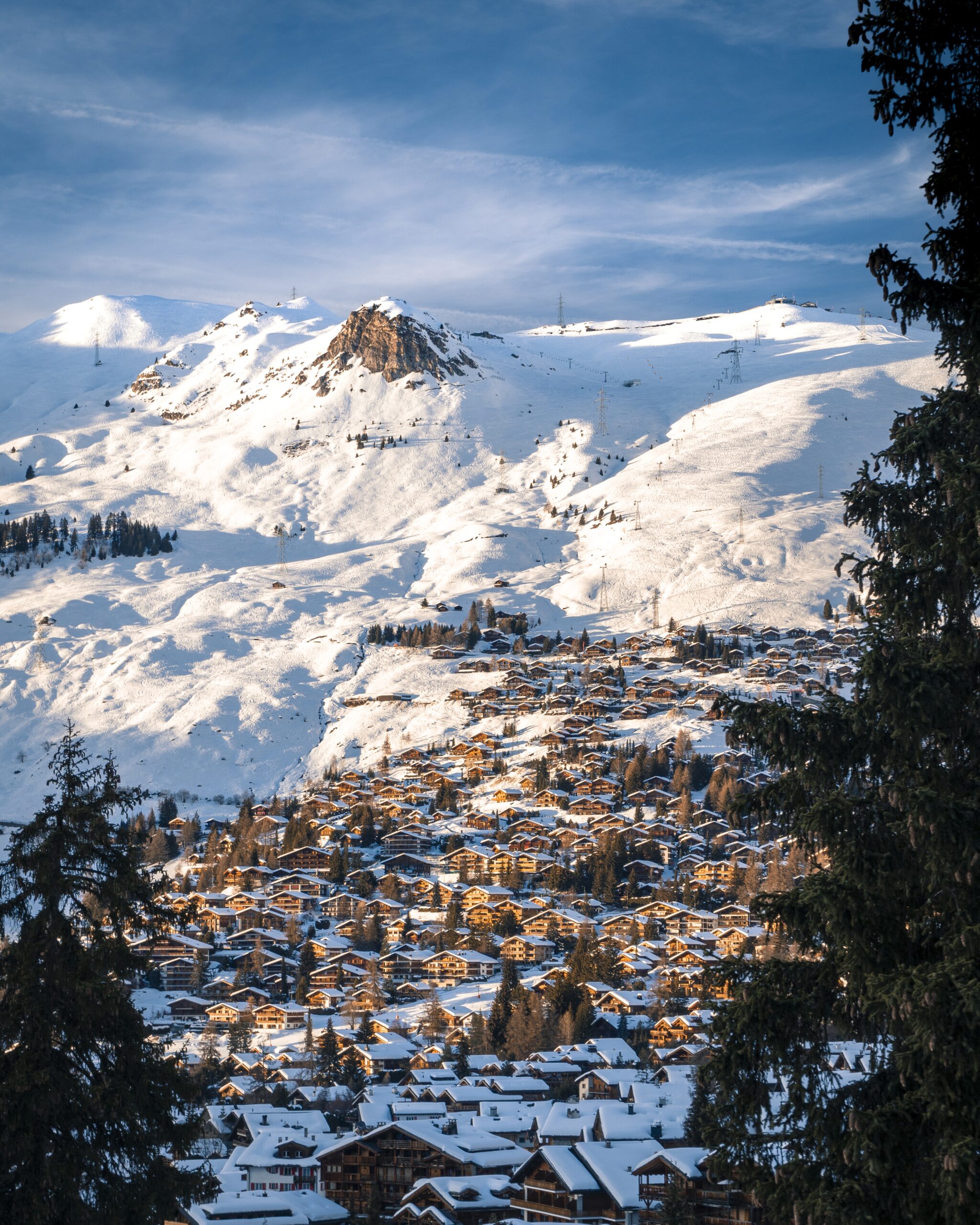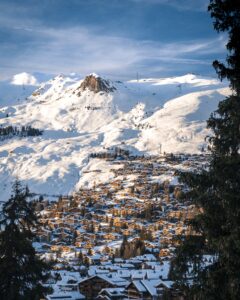

Tucked away in the Upper Dir District of Khyber Pakhtunkhwa, Kumrat Valley is one of Pakistan’s most serene and lesser-known travel destinations. With its thick pine forests, crystal-clear rivers, roaring waterfalls, and majestic snow-covered peaks, Kumrat Valley presents a pristine natural landscape untouched by mass tourism. A haven for trekkers, nature lovers, and adventure seekers, this valley is often described as a hidden paradise waiting to be discovered.
Despite its growing popularity in recent years, Kumrat remains refreshingly raw and authentic, offering travelers a unique opportunity to experience the unspoiled beauty of Pakistan’s northwestern highlands.
This is where the importance of the best tour services in Pakistan comes into play—companies that not only provide transport and accommodation but also ensure a meaningful connection with the places you visit.
Getting to Kumrat Valley
Kumrat Valley is accessible from the town of Thall, which is the gateway to the valley. The journey usually begins in Dir or Timergara, from where visitors travel to Thall via road. From Thall, a 4×4 jeep is required to navigate the rugged, unpaved terrain into Kumrat Valley.
The road journey is part of the adventure, as it passes through charming villages, terraced fields, and mountain passes. It is advisable to check weather conditions beforehand and travel during daylight hours, as some routes can be tricky to navigate, especially during or after rainfall.
Nature’s Masterpiece: What to See in Kumrat Valley
- Panjkora River
The Panjkora River flows through the heart of Kumrat Valley and provides a scenic backdrop for travelers. Its turquoise waters, lined with rocks and forested banks, are perfect for riverside picnics, photography, and moments of peaceful reflection.
- Kumrat Forest
The dense deodar (pine) forests of Kumrat are among the valley’s most iconic features. Towering trees form a natural canopy, creating cool, shaded paths ideal for hiking, camping, or simply soaking in the tranquil atmosphere. The forest is teeming with birds, butterflies, and the occasional wildlife sighting.
- Jahaz Banda
A short but steep trek from the village of Darwaza leads to Jahaz Banda, a lush alpine meadow situated at a high elevation. Surrounded by snow-capped mountains, Jahaz Banda is one of the most picturesque spots in the valley. It gets its name from the shape of a flat plateau that resembles the deck of a ship (“jahaz” means ship in Urdu).
- Katora Lake
For seasoned trekkers, Katora Lake is a must-visit destination. Located above Jahaz Banda, this glacial lake is shaped like a bowl (katora), surrounded by jagged mountain peaks. The trek to the lake is challenging but incredibly rewarding for those who make the journey.
- Do Kala Chashma
This is another breathtaking location within Kumrat, known for its twin springs (“do kala” means two streams). The water here is icy cold and pure, gushing down the rocks with a refreshing force. The sound of flowing water and the fresh mountain air make this a soothing retreat for tired trekkers.
Activities to Enjoy in Kumrat Valley
- Camping
Kumrat is one of the best places in Pakistan for camping under the stars. Travelers can pitch tents along the riverbanks, in the forest, or in alpine meadows. Local shops and guides often provide tents and camping equipment.
- Hiking and Trekking
From easy walks through pine forests to more intense treks to high-altitude lakes, Kumrat offers trails for every level of hiker. Trekking to Jahaz Banda or Katora Lake can take several hours but offers unmatched views and a sense of achievement.
- Fishing
The Panjkora River is home to various species of fish, particularly trout. With a permit, travelers can enjoy fishing in the cool, clear waters of the valley.
- Photography and Videography
Whether you’re a professional photographer or an Instagram traveler, Kumrat Valley provides endless opportunities to capture nature in its purest form. Misty mornings, vibrant sunsets, and snow-dusted peaks make every frame magical.
Culture and Local Life
The people of Kumrat are primarily Kohistani and Pashtun, known for their warm hospitality and simple way of life. Visitors are often welcomed with tea and conversation. The culture is conservative, and it’s important for tourists to dress modestly and respect local customs.
The homes in the valley are built from local wood and stone, often with intricately carved details. Life here revolves around farming, herding, and seasonal tourism. Many locals act as guides, porters, or run small eateries for travelers.
NOTE : Kumrat Valley is not just a destination; it is a journey into nature’s embrace.
Local Cuisine
Meals in Kumrat are usually simple but hearty, often made with locally sourced ingredients. Common dishes include:
* Chapli kebab (spiced minced meat patties)
* Lentils and vegetable stews served with naan
* Boiled or grilled trout from the river
* Sweetened tea and green tea flavored with local herbs
Guesthouses and camps often serve these dishes, and many travelers also bring their own supplies to cook meals over campfires.
Accommodations in Kumrat Valley
While Kumrat does not yet have luxury resorts, there are various options for staying overnight:
* Camping sites: Ideal for adventure lovers
* Basic guesthouses: Found in Thall, Darwaza, and other villages
* Wooden huts and cottages: Rustic and scenic, often located in forested areas
It’s recommended to book in advance during peak seasons (June to September), especially if traveling during public holidays.
Best Time to Visit
* Spring (April to May): Lush greenery, blooming wildflowers, and mild weather.
* Summer (June to August): Perfect for trekking, camping, and exploring; busiest time for tourism.
* Autumn (September to October): Beautiful golden foliage and a quieter environment.
* Winter (November to March): Heavy snowfall blocks most roads; not recommended unless you’re an experienced winter traveler.
Responsible Tourism in Kumrat Valley
As Kumrat becomes more popular, it is crucial for tourists to follow sustainable travel practices:
* Avoid littering and carry reusable items
* Respect local wildlife and avoid disturbing their natural habitat
* Support local businesses by hiring local guides and buying local products
* Be respectful of the culture, especially in religious or conservative communities
Efforts by local NGOs and communities are underway to promote eco-tourism and preserve the valley’s fragile ecosystem. Visitors can contribute by spreading awareness and practicing low-impact travel.
Tips for Travelers
* 4×4 vehicles are essential for reaching remote areas
* Mobile signals are weak or nonexistent in the valley
* Bring cash as there are no ATMs beyond Dir
* Pack essentials like medicine, warm clothes, snacks, and a flashlight
* Hire a local guide for treks to places like Katora Lake
The Future of Kumrat Valley
Kumrat is slowly becoming recognized as one of Pakistan’s premier nature destinations. However, there is a delicate balance between development and conservation. Improved roads and accommodations are making travel easier, but maintaining the valley’s natural charm is vital.
By choosing to travel responsibly and respectfully, visitors can help ensure that Kumrat Valley remains an untouched natural escape for future generations.
Conclusion
Kumrat Valley is not just a destination; it is a journey into nature’s embrace. With its pine forests, alpine meadows, rivers, and glaciers, it offers an escape from the noise of city life and a reconnection with the earth. For those who seek beauty, adventure, and authenticity, Kumrat is a treasure waiting to be explored.
Pack your bags, bring your sense of wonder, and lose yourself in Pakistan’s untouched mountain paradise — Kumrat Valley.